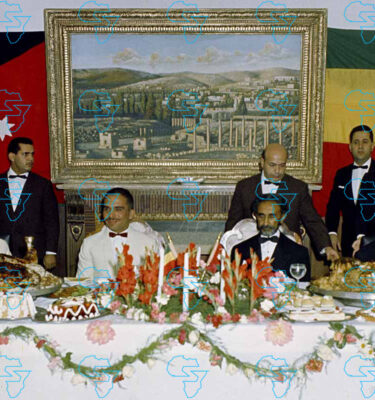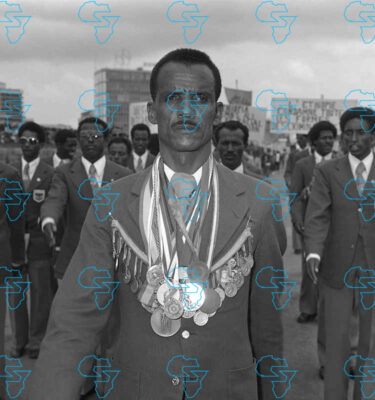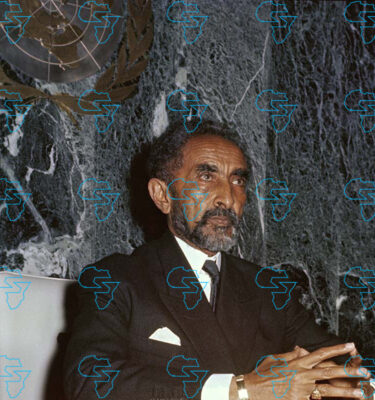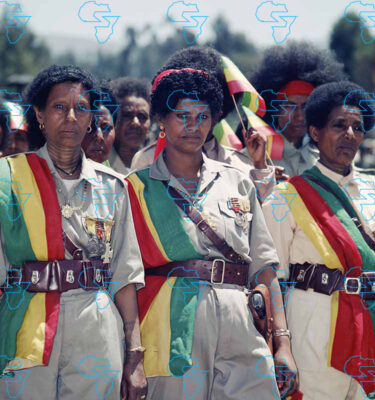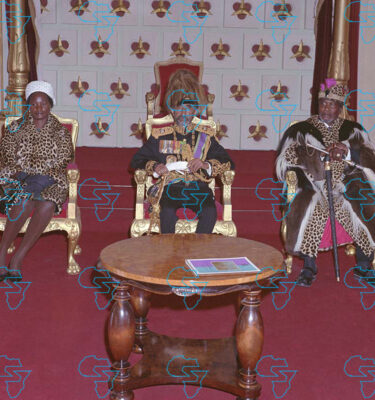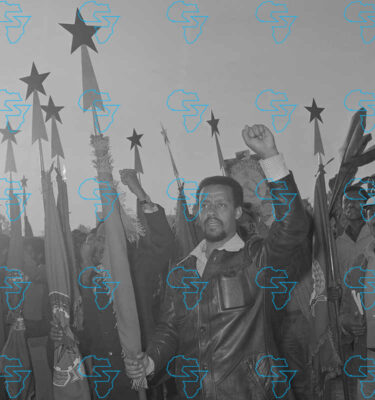
Conflict, growing displacement, and severe funding cuts are an increasingly heavy burden hampering the humanitarian operations of the United Nations High Commissioner for Refugees (UNHCR) in Ethiopia.
Sources within the agency told The Reporter that insecurity and budget shortfalls are testing the resilience of humanitarian actors already stretched thin by the protracted conflicts that have gripped the country in recent years.
“From an operational point of view, the recent funding freeze imposed on many humanitarian agencies is the most critical challenge we’re currently facing,” said one source familiar with the situation. “We are constantly forced to make impossible choices—between feeding malnourished children and maintaining basic sanitation infrastructure or between mental health support and emergency medical referrals.”
A pause on procurement processes for essential supplies have only added to the problems weighing down UNHCR’s ongoing operations.
The UN agency is preparing for a critical reduction in workforce and force through the merger of field offices in certain regions in a bid to adapt to the funding drought, according to UNHCR data obtained by The Reporter.
– Advertisement –
The growing number of people fleeing conflict in neighboring Sudan and South Sudan, and parts of the Amhara region, is an added strain to an already overworked system.
UNHCR, in partnership with the Refugees and Returnees Service (RRS), manages 27 camps and settlements across Ethiopia, offering services ranging from shelter and education to medical assistance and psychosocial support.
Still, for refugees and host communities in areas distressed by conflict or isolated by poor infrastructure, even the most basic interventions face severe disruptions. Sources close to the matter caution that people in need are being left out, while economic opportunities dwindle and vulnerability to climate change and natural disasters looms larger.
On the other hand, funding shortfalls have forced the Agency to focus on life-saving measures over prevention, risking long-term setbacks in nutrition, education, health and water and sanitation infrastructure strained by aging equipment and growing demand.
Last year alone, UNHCR says it was forced to decommission two refugee camps in the Amhara region due to security concerns. It has since established a new settlement in Aftit, near the Sudanese border, which is supporting nearly 7,000 Sudanese refugees, alongside vulnerable host communities who are also impacted by the instability residing in the camp.
Yet, these emergency responses are taking place under the shadow of financial shortfalls.
“With less funding, fewer staff, and a smaller UNHCR presence in countries hosting refugees, the equation is simple: lives will be lost.” warned the High Commissioner in a recent statement.
Sources told The Reporter the impacts of the financial constraints are already being witnessed in the disruptions of critical services like that of sexual and reproductive health programs, the scaling back of mental health services and closure of feeding points for malnourished children.
To cope with the funding shortfall, the agency is making way for a critical reduction of its workforce and mergers of field offices in certain regions.
Despite these challenges, UNHCR keeps facilitating the resettlement of refugees to third countries that offer permanent residence, labour opportunities, and safety.
According to agency data, while these opportunities are limited, they remain a lifeline for the most vulnerable with nearly 15,000 refugees leaving Ethiopia through resettlement and complementary pathways such as family reunification, academic scholarships, and employment programmes abroad last year alone.
.
.
.
#UNHCR #Slim #Workforce #Funding #Gaps #Conflict #Strain #Ethiopia #Operations
Source link



